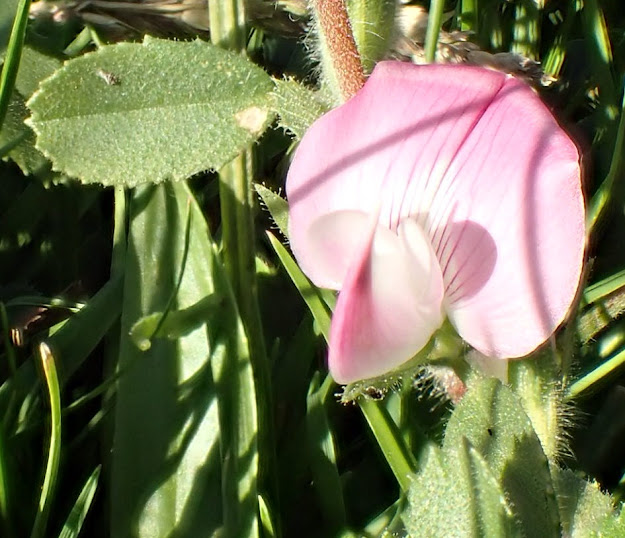Orchids are a popular group.
Whilst these four species below can be found in meadows, they are more likely to be found in "Recolonising habitats" such as quarries or road verges, or in "Low nutrient pastures that are managed as meadows in that animals are kept out during May and June" of which there are a few around Settle which are managed as such for conservation reasons: they do not have fertilizer and cow muck applied.
1. Bee orchids
These are fascinating when viewed closely. They can grow in quarries and on on railway embankments (e.g. in or near Settle Calisle Line) when the ground is mostly gravel and has not yet become colonised by dense vegetation
There is a good article on Bee Orchids written by Kevin Walker of Harrogate and of BSBI written this week here
2. Fragrant Orchids
Fragrant orchids -- smell .. Mmm fragrant - like a bottle of perfume . They have a long narrow spur at the back of the flower.
 |
| These two Fragrant Orchids were photographed three weeks ago - they were just coming out. |
 |
| Another Fragrant Orchid |
3. Common Spotted Orchids - Dactylorhiza fuschii can come in a variety of colours.
4. Northern Marsh Orchid
It is hard to find a Northern Marsh Orchid within 2 miles of Settle. I In the place I was searching I (a damp road verge) I only found one.. and looking at the picture now, even that may be a hybrid.
Twenty years ago there used to be lots at this site. Now there are none - apart from this specimen. The vegetation is growing very rank, with Rosebay Willowherb and trees on the bank and uncut grass next to the road.
Any comments? I am open to suggestions. I am not an orchid expert.
Here is an old picture from Malham Tarn Fen of a Northern Marsh Orchid?
 |
| An old picture from Malham Tarn Fen |
And here is one from Malham Tarn this year - but these are definitely "Guest photographs." I had to cheat and drive to get them, so it is out of my 3 mile walking radius of Settle.


















































